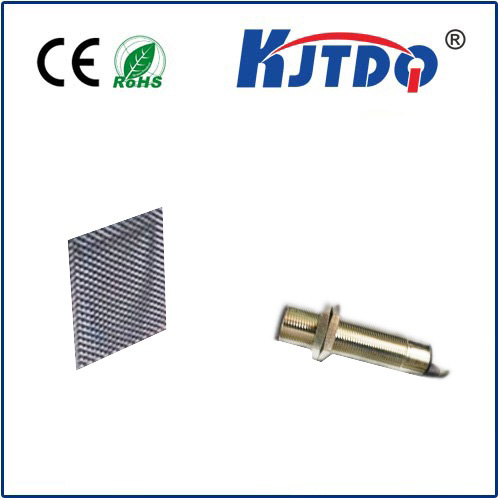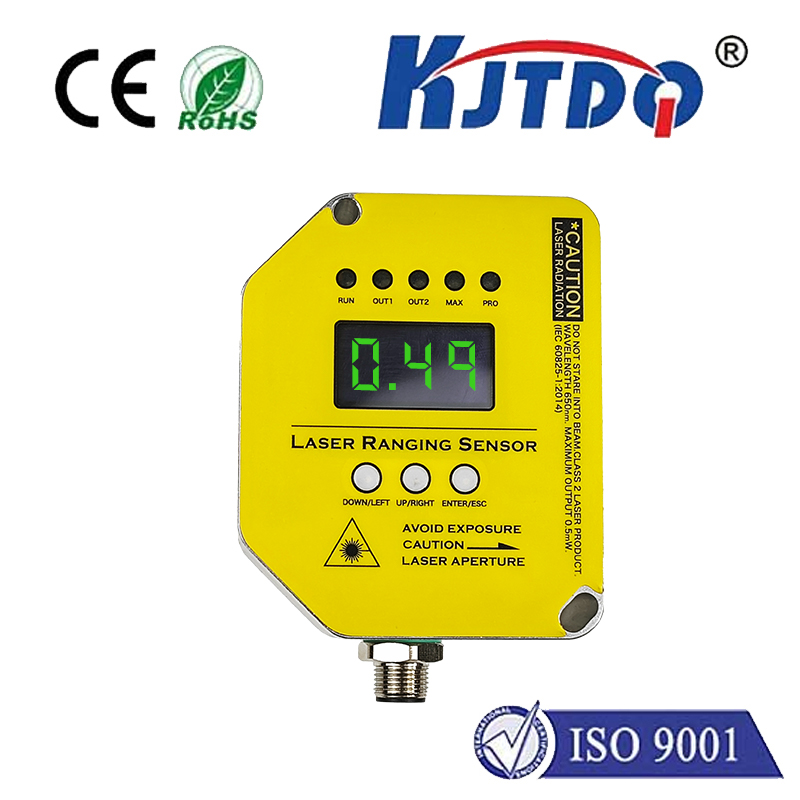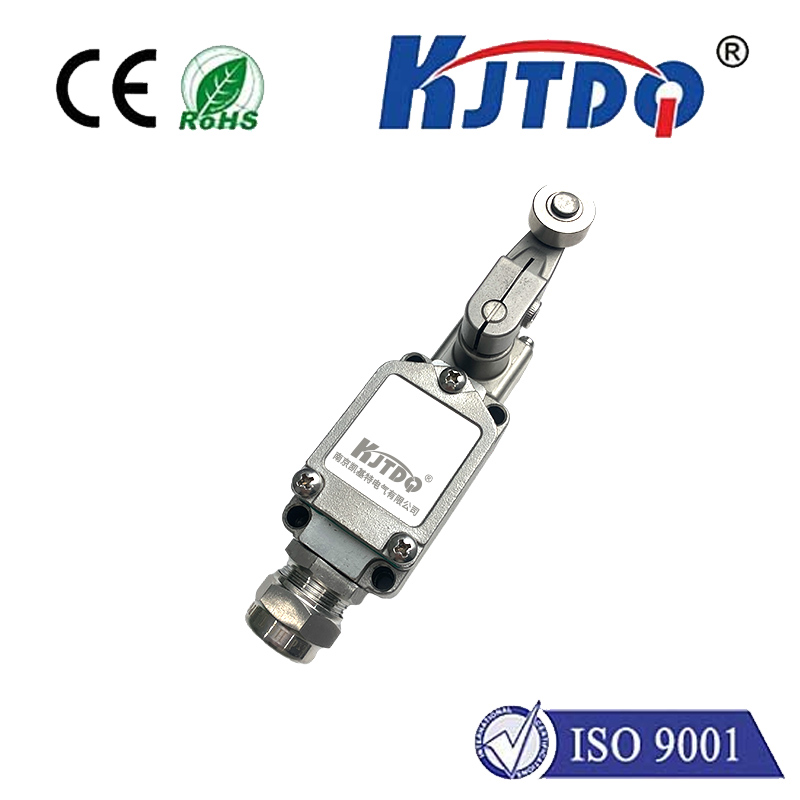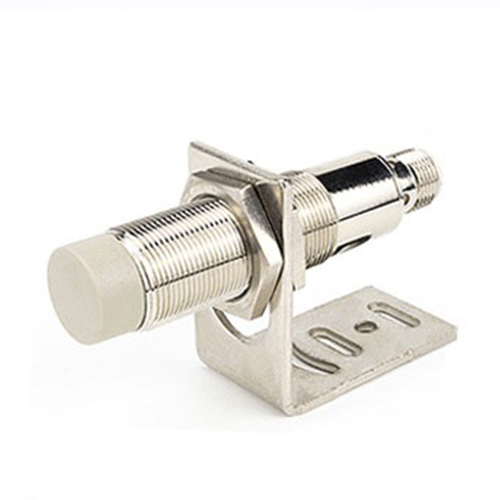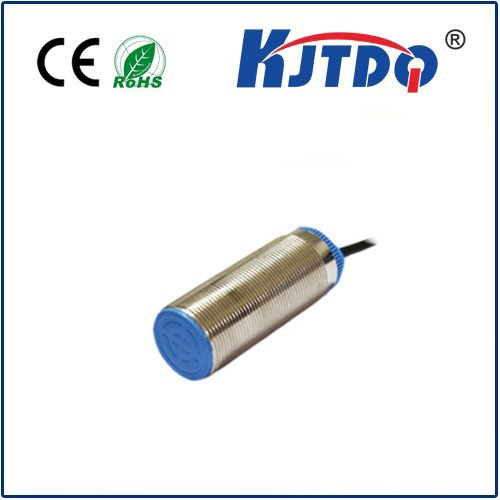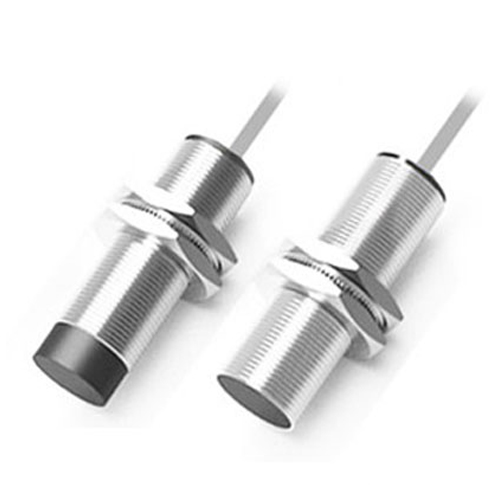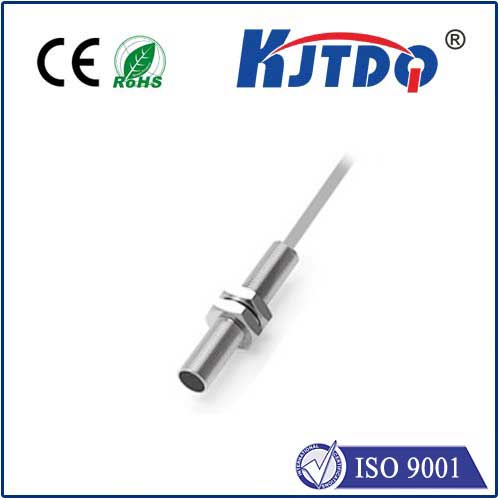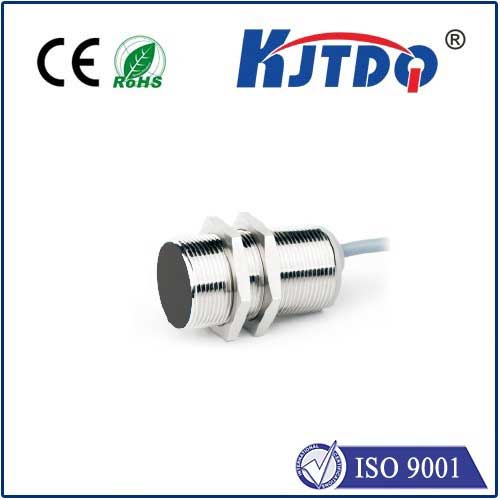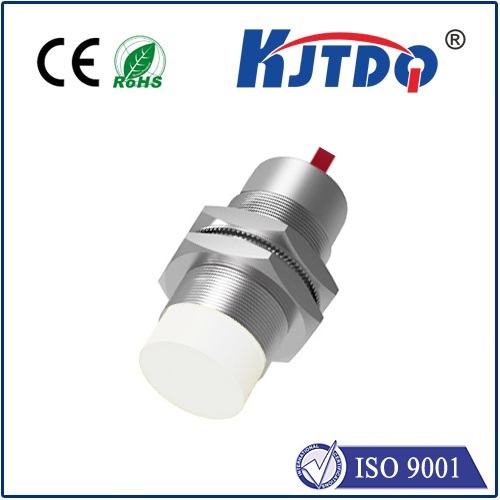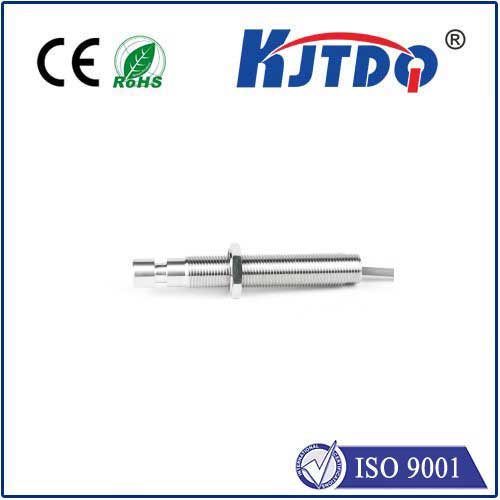BES01M8 high pressure proximity sensor
- time:2025-10-13 17:53:23
- Нажмите:0
Unyielding Detection: The Power of the BES01M8 High Pressure Proximity Sensor
Imagine a crucial hydraulic cylinder deep within a mining excavator. It’s cycling relentlessly, subjected to crushing pressures, constant vibration, and relentless grime. Knowing its exact position in real-time isn’t just convenient; it’s paramount for safety, efficiency, and preventing catastrophic downtime. In environments where pressure isn’t just a factor but a dominant, punishing force, standard sensors simply crumble. This is the critical niche where the BES01M8 High Pressure Proximity Sensor emerges as an indispensable solution, engineered to deliver unwavering reliability where others fail.
Understanding the Core: What is the BES01M8?
At its heart, the BES01M8 is an inductive proximity sensor. This means it detects the presence or absence of metallic objects without physical contact, using an electromagnetic field. Its magic lies in its exceptional resilience. The “High Pressure” designation isn’t marketing fluff; it’s a core engineering specification indicating its ability to operate flawlessly in environments where external pressures could easily breach and destroy lesser devices.
This robustness stems from meticulous design and construction. The sensor features a hermetically sealed, stainless steel housing, specifically engineered to withstand extreme compressive forces acting on its exterior. This construction prevents pressure ingress that could compromise sensitive internal components like the oscillator, trigger circuit, and signal amplifier. Its inherent resilience makes it far more than just a detector; it’s a reliable sentinel operating under duress.
Decoding “High Pressure”: Why It Matters

High-pressure environments are common in heavy industry, but often underestimated. Hydraulic systems powering presses, injection molding machines, offshore equipment, and heavy machinery routinely operate at pressures ranging from hundreds to thousands of Bar/PSI. Fluids under such immense pressure exert colossal force on any component submerged or exposed within the system.
- Failure Points: Standard proximity sensors might have seals adequate for weather protection or washdowns, but they often lack the structural integrity to resist sustained, extreme external hydrostatic pressure. Result? Premature failure, fluid ingress, short circuits, and inaccurate or lost signals.
- The BES01M8 Difference: Engineered specifically for these challenges, the BES01M8’s high-pressure rating (often specified for pressures like 500 Bar or higher) guarantees that its sensing face and housing integrity remain uncompromised, even when submerged in high-pressure hydraulic fluid or exposed to intense pressures in other applications. This ensures continuous, reliable operation and dramatically extended service life in the most punishing conditions.
Key Technical Capabilities & Design
Beyond its pressure resilience, the BES01M8 incorporates design elements crucial for industrial durability:
- Extreme Environmental Tolerance: Alongside high pressure resistance, it typically boasts high resistance to shock, vibration, and temperature fluctuations, making it suitable for demanding locations like engine compartments, hydraulic power units, and mobile equipment.
- Robust Sensing Performance: Utilizing inductive technology, it provides non-contact, wear-free detection of metallic targets (usually ferrous metals like steel). Its switching distance is reliable and consistent, unaffected by oil, grease, or dust – common contaminants in hydraulic systems.
- Ingress Protection: A high IP rating (commonly IP67 or IP68) is standard, ensuring protection against dust ingress and temporary or permanent immersion in water/hydraulic fluid, complementing its pressure resistance.
- Electrical Reliability: Available commonly in DC 3-wire (NPN or PNP) configurations, often with short-circuit and reverse polarity protection, ensuring compatibility and resilience against common electrical faults. The M8 connector provides a compact yet robust and moisture-resistant connection point.
- Compact & Versatile Form Factor: The cylindrical M8 threaded barrel design allows for easy and secure mounting in confined spaces typical of hydraulic cylinders and manifolds. Flush or non-flush mounting variants offer flexibility depending on the target material and installation constraints.
Where the BES01M8 Proves Indispensable
This sensor isn’t for benign environments; it excels where the going gets very tough:
- Hydraulic Cylinder Position Feedback: Monitoring piston rod position within cylinders subjected to high internal fluid pressure and external forces.
- Hydraulic Manifold & Valve Block Sensing: Detecting valve spool position or confirmation of component actuation within pressurized manifold blocks.
- Offshore & Subsea Equipment: Providing reliable position feedback on actuators, valves, and locking mechanisms operating at significant depths (high external pressure).
- High-Pressure Test Rigs & Pumps: Monitoring component position or presence during high-pressure testing cycles or within pump assemblies.
- Heavy-Duty Mobile Machinery (Construction, Agriculture, Mining): Position sensing on cylinders, boom angles, or implement status in excavators, loaders, tractors, and drills, where hydraulic pressures are extreme and environments are harsh.
- Injection Molding & Die Casting Machines: Position detection on clamping cylinders or ejector pins operating under immense tonnage and hydraulic pressure.
- Presses & Forming Equipment: Ensuring safety interlocks and monitoring stroke positions in high-tonnage applications.
Installation & Integration: Best Practices
Maximizing the performance and lifespan of your BES01M8 sensors requires consideration:
- Mounting: Ensure the sensor is securely fastened using its M8 thread. Pay close attention to the specified torque to avoid damaging the housing or compromising the seal. Proper mounting depth is critical for achieving the rated sensing distance.
- Target Material & Distance: Verify the target material is ferrous steel (or within the sensor’s specification) and ensure it moves within the sensor’s stated operating distance (Sn). Consider mounting position stability – minimize vibration at the sensor head.
- Wiring: Use appropriately shielded cable if long cable runs or environments with significant electrical noise are present. Ensure connections to the M8 connector are clean, tight, and correctly wired according to the sensor’s data sheet (NPN vs. PNP, NO vs. NC).
- Protection: While incredibly robust, avoid direct high-velocity fluid jets impacting the sensing face if possible. Ensure the operating temperature range is suitable for the specific application environment.
The Foundation of Uncompromising Operation
In sectors where equipment failure equates to astronomical costs, safety hazards, or crippling production halts, component reliability is non-negotiable. The BES01M8 High Pressure Proximity Sensor transcends being merely a component; it embodies a critical safeguard engineered for durability. Its purpose-built design to endure crushing pressures, relentless contaminants, and punishing physical forces makes it the unequivocal choice for applications where certainty and longevity are paramount. When the environment demands detection that won’t buckle under pressure, the BES01M8 stands as the proven, resilient solution, ensuring vital position feedback remains uninterrupted, cycle after grueling cycle.

